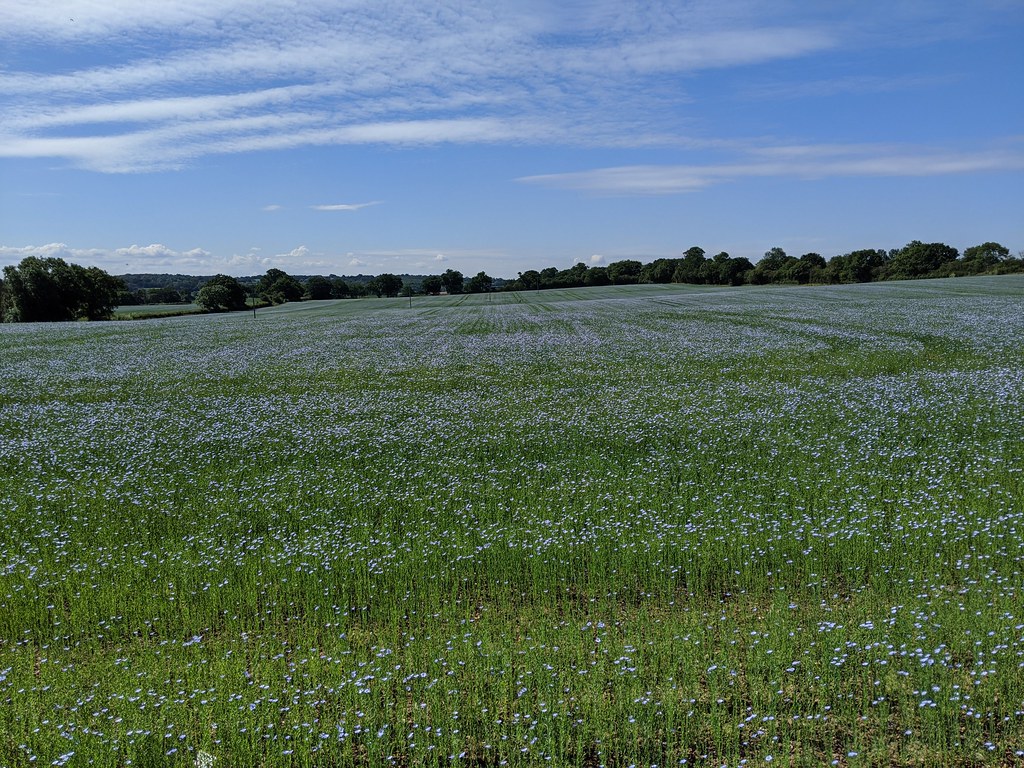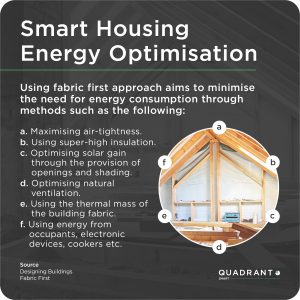Over 40 Sustainable Homes To Be Built On Essex Farmland

Essex is set to see 41 new sustainable homes built on farmland. Housing Industry Leaders looks at the new development and how it aims to give owners cost savings.
Situated on Burnham Road, Latchingdon, Essex, the new development will be built on former farmland which was owned by Latchingdon Paris Council and a local farmer.
Profits From Sales Will Be Reinvested To Provide Affordable Housing
It will see a mix of one to four-bed flats, houses, and bungalows, with 11 of the homes on the development being made available for affordable rent, with a further five allocated for shared ownership schemes.
The affordable rent homes will be owned and managed by the homebuilders, Chelmsford-based CHP and will see Maldon District Council nominating people to live in them.
A total of 25 of the new homes will be made available for open market sale by Myriad Homes – a subsidiary of CHP, with all the profits from sales being reinvested to provide more quality affordable homes.

The Properties Must Meet The Needs Of Essex Locals
Growth and Partnership Director of CHP, Carl Hockey, said: “We are excited to have started work at the Burnham Road development, which will include our first homes for open market sale in four years.
“This will help us to continue providing more great affordable homes across our region. I’m also proud that we are able to provide homes for affordable rent and shared ownership as part of this development.”
As a housing provider, we are committed to providing a range of properties to meet local needs. It’s also great that these homes will be built to the highest environmental standards, as we work towards reaching carbon Net Zero by 2050.
Infrastructure Must Be In Place For Sustainable Installations
Cocksedge, the contractor for the development, is building the properties with a fabric-first approach, meaning that the design and materials used are as sustainable as possible. CHP say that this could lead to significant energy cost savings over the property’s lifetime.
Outlined by Designing Buildings, using the fabric first approach aims to minimise the need for energy consumption through methods such as the following:
- Maximising air-tightness.
- Using super-high insulation.
- Optimising solar gain through the provision of openings and shading.
- Optimising natural ventilation.
- Using the thermal mass of the building fabric.
- Using energy from occupants, electronic devices, cookers etc.
Along with the installation of air-source heat pumps and photovoltaic (PV) panels, this approach will support making the homes zero carbon ready.
In addition to this, all the properties will have the infrastructure in place for the installation of EV chargers, in line with CHP’s Environmental Sustainability Strategy.
All the properties have been estimated to be scheduled for completion by June 2023, but the first wave of homes is due to be complete in Spring 2023.

